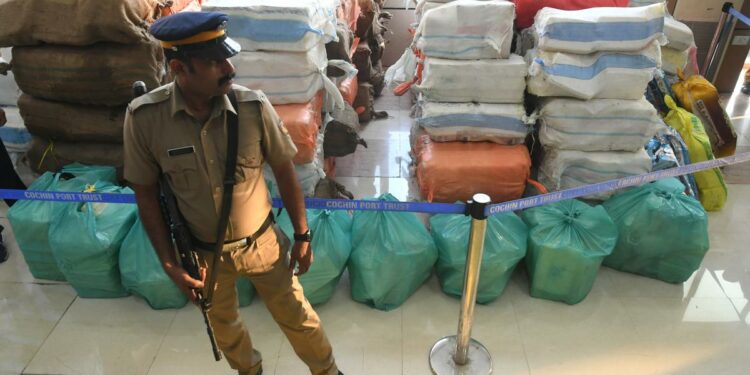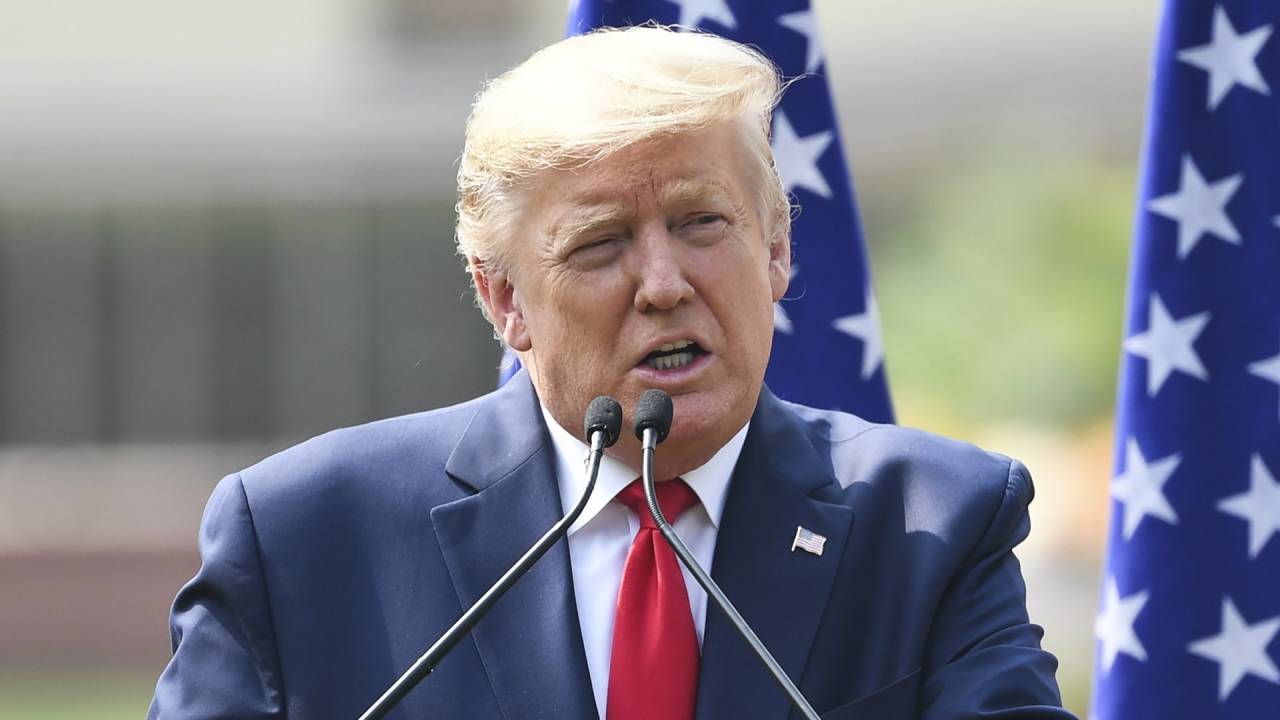Multiple massive drug seizures have been effected by different Indian enforcement agencies, in the Arabian sea, during the last three years, namely, the Narcotics Control Bureau (NCB), Directorate of Revenue Intelligence (DRI), Indian Coast Guard, Anti-Terrorist Squads (ATS), Customs and the Police. In September 2021, a massive seizure of 2988.21 kgs of Heroin valued at nearly Rs.21,000 crores was made at Mundra port in Gujarat. In May 2023, the Indian Navy and NCB made a significant seizure of 2,500 kg of Methamphetamine, packed in 134 sacks valued at about Rs.15,000 crores, from a ship, apparently in Indian waters. These massive seizures have been supplemented by regular seizures of small to medium consignments of deadly drugs like Heroin, Amphetamines and Cocaine. The International Narcotics Control Board (INCB) in its 2022 Annual Report, has observed that there has been a significant increase in seizures of drugs over the past five years, with the darknet and maritime routes emerging as the preferred modes of trafficking. The report noted that South Asia remains an important transit area for traffickers smuggling illicitly produced opiates from Afghanistan to Europe and North America. In addition, the five coastal countries in South Asia, namely Bangladesh, India, Maldives, Pakistan and Sri Lanka, are exposed to trafficking because of maritime trafficking routes that cross the Indian Ocean. “India, in particular, has noted an intensification of trafficking in opiates originating in Afghanistan and trafficked eastward, along the southern route,” the report mentioned. The repeated huge drug hauls prove that Indian waters have become a key route for heroin and other synthetic drugs from Afghanistan.
Bulk seizures of drugs all along the Western coast of India raise several disturbing questions. We learn only about the statistics of seizures made, which itself is very alarming, but what about the consignments that have managed to escape detection and have successfully made their way into the hinterland? The massive consignments being detected in the outer sea, at various sea- ports, inside containers, fishing boats and cargo liners testify to a flourishing drug market within the country. Till these drugs hit the streets for sale by peddlers, where are they being stashed away? Massive seizures running into several hundreds of kilos need safe godowns, labour to carry it from the vessels, a safe custodian and tight security. Repacking into minute packs of few grams requires lots of manpower, secure clandestine transporters to different locations, and the monetary transactions running into several hundreds of crores of rupees. The fact that there are few details about the supplier’s identity and location, as also the recipient’s identity and location, means that precise intelligence is lacking about every kind of movement of the contraband. Speculating about where could be the possible storage depots for these illegal drugs, the likely places could be the following:
There are innumerable Internal Container Depots (ICD’s), and Container Freight Stations (CFS) in the country, that can easily be initial safe havens, before being relocated to other destinations. There are more than 129 ICD’s and 168 CFS in the country, till recently. A Performance Audit conducted by the Comptroller & Auditor General of India (CAG) has brought to light the following inadequacies, namely, the Absence of framework for setting up of ICDs and CFSs, Lack of reliable data on number and status of ICDs and CFSs, approvals to new ICDs and CFSs without assessment of capacity, ICDs functioning without adequate infrastructure, non-availability of specified demarcated areas and space for storage of hazardous goods, pendency of uncleared cargo, and dumping of hazardous waste. In such a chaotic situation, these ICD’s and CFS can be potential temporary drug safehouses.
The Logistics Sector is one of the least monitored in the country, due to paucity of manpower experienced by all law enforcement agencies. Private warehouses have now developed into well-designed and organized stockrooms with advanced state-of-the-art facilities like real-time tracking mechanisms. There are more than 572+ warehousing companies in India. Any of these can be used for storing illicit drugs.
There are around 17 uninhabited islands in the Union Territory of Lakshadweep, which lies in close proximity of the notorious ‘Southern Route’, through which drug consignments move. These uninhabited islands can be safe havens to store huge quantities of narcotics. There is hardly any physical presence of the DRI, NCB, and ED in the Lakshadweep islands. There is scope for the Coastal Police and Customs Marine Preventive, to set up bases here. The Coast Guard is presently the only agency maintaining a vigil in this part, which needs to be enhanced considerably.
Other handicaps are that both DRI and NCB are heavily dependent on Deputationists for all their operational requirements. Though NCB is developing its own cadre, DRI does not have an independent cadre. Relying on Deputationists from top to bottom can create deficiencies in efficient discharge of duties, as most of the personnel are motivated more by personal convenience like location, additional allowances, and as an escape route from the transfer policy. It is also not possible to train and educate every new incoming deputationist, on a highly specialized topic like Narcotics and drug smuggling, since entry and exit of deputationists is a continuous feature.
The present controversy of the NCB being denied custody of a suspected Pakistan national arrested for involvement in the 2,525 kg of Methamphetamine from a vessel off the Kerala coast, by the Ernakulam Additional District Sessions Court, due to legal defects in the Mahazarnama, is a case in point, of deputationists having insufficient legal knowledge.
The seized documents do not reveal whether the seizure was made in Indian waters or the high seas. If the offence was committed outside the Indian territorial waters, Cr. PC 188 (offence committed outside India) sustaining the case would be legally not tenable. For invoking Section 188 (b) (offence committed outside India), previous sanction of the Central Government becomes necessary, unless an Indian citizen, ship or aircraft registered in India is involved. These kinds of defects occur due to personnel who do not have proficiency in legal drafting. While recruiting officers on deputation, great care needs to be exercised to ensure that their domain knowledge and legal knowledge of the subject is of a high order. Ultimately, in a democracy, where rule of law is accorded pre-eminence, legal propriety and correctness needs to be ensured for the success of any case.
Inter-service rivalry is another major impediment hampering effective functioning. A plethora of agencies have been empowered under the NDPS Act 1985, to interdict narcotics trafficking, and this creates unhealthy competition to maintain secrecy, register cases, and take quick credit in the media. Such a scenario also creates hostility and intense rivalry between various departments and officers on grounds of service, seniority, and rank.
Whether drug trafficking is India bound or beyond, enforcement agencies, are bound and hampered by innumerable legal technicalities and cumbersome procedures, which needs to be completely streamlined. With the range of security threats that India faces, including terrorism, transnational crime, and unstable regional neighbors, India must maintain a comprehensive, rule of law-based security posture so it can appropriately defend itself and maintain a leading role in ensuring the stability of the region.



















Discussion about this post